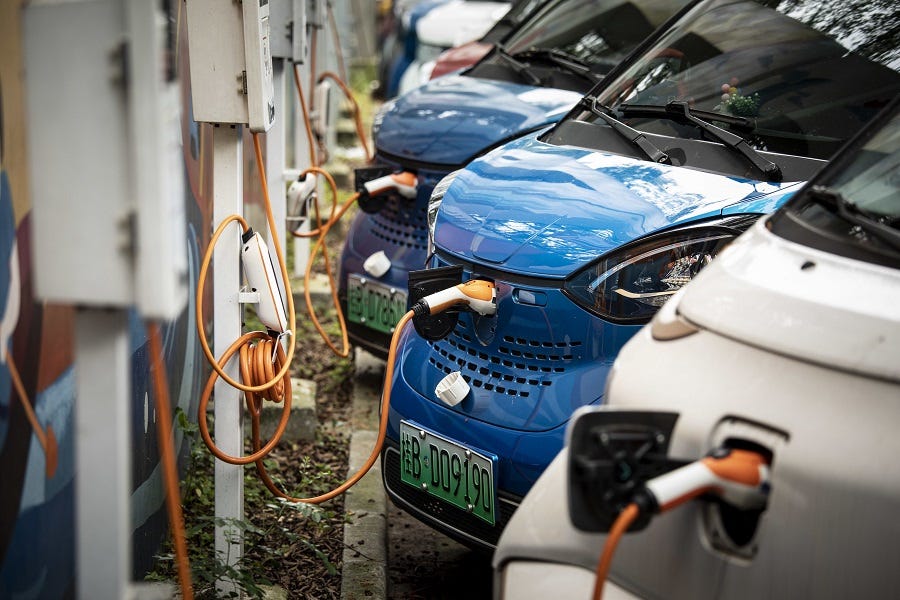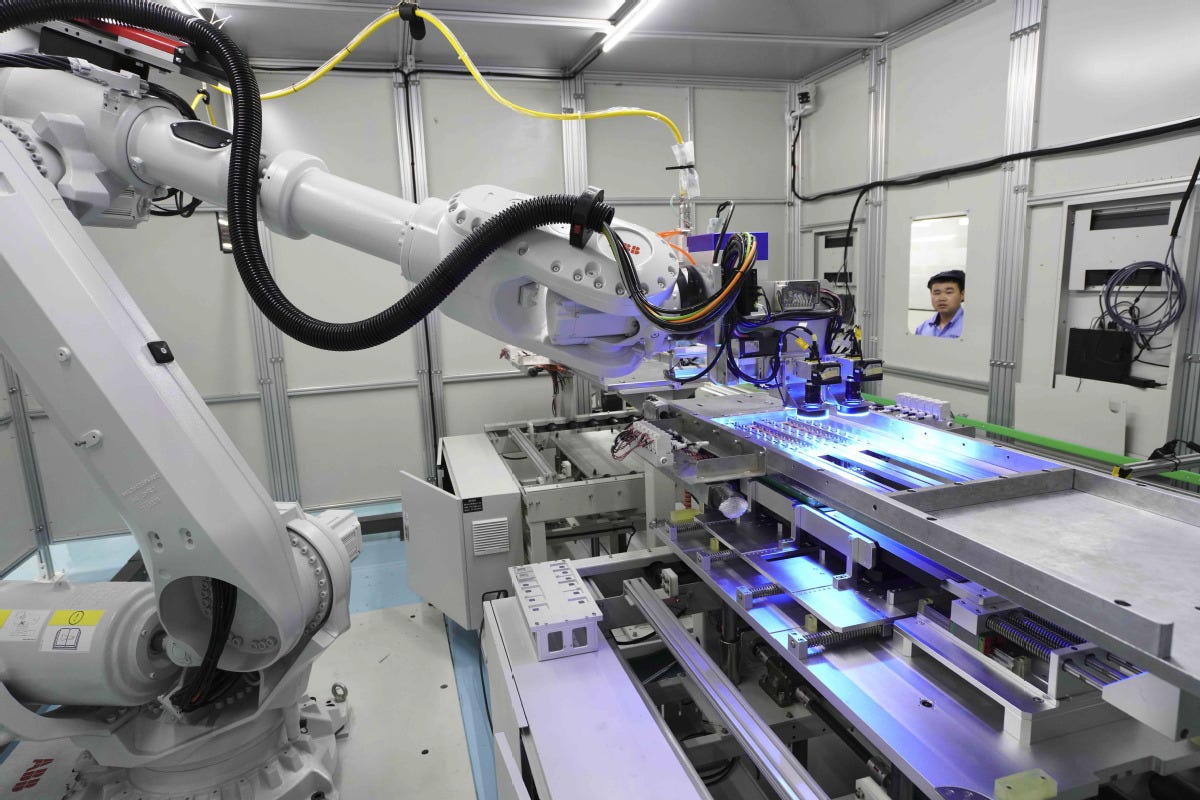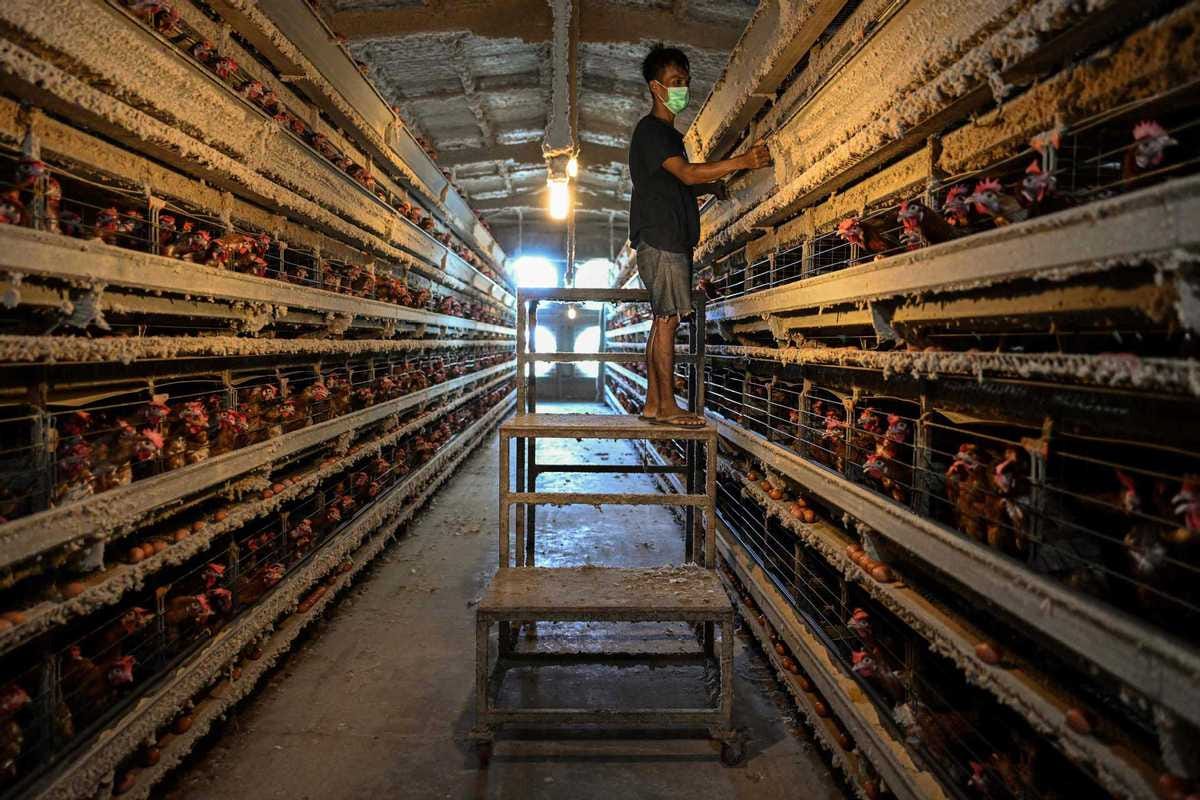Can you believe it?
Information needs greater ethical balance and less cultural hegemony. Meanwhile, electric mobility, air transport and the metaverse get Chinese characteristics and Asian labour needs better protection
UPDATE: Journalism needs a headline like “guardian of truth,” “freedom of the press,” “keeping politicians honest,” but “fake news” and Rupert Murdoch killed that myth. Antonio Gramsci would be proud of Kishore Mahbubani and his “western domination of history” speech. The metaverse gets a Chinese makeover and it’s powering Industry 4.0. Electric mobility is all about China not TESLA and China’s C919 narrow body passenger jet is “cheap, fast and good,” and that means Boeing will have a hard landing. All that and no more in today’s Long Mekong Daily.
Is it ever okay for journalists to lie to get a story?
In a time of falling trust in the news media, it is vital journalists do not engage in news-gathering methods that further harm their credibility. Thanks to the rise of social media, misinformation and disinformation are rampant. Trust in news matters, so we can tell fact from fiction. Without it, democracy suffers.
In our new book, Undercover Reporting, Deception and Betrayal in Journalism, we ask whether deception is ever an acceptable method for journalists to use. In other words, is it ever okay to lie to a target to get a story?
We find it can be ethically justifiable under very specific conditions. We offer a six-point checklist for journalists (and the audience) to test if deception and betrayal are warranted.
Deception is one of the most common ethical problems in journalism. It ranges in seriousness from misrepresentation to the use of undercover reporting.
In fact, it is so common that some argue it is inherent in what journalists do. The late American writer and journalist Janet Malcolm, for instance, in her renowned book The Journalist and the Murderer, said in her opening paragraph:
Every journalist who is not too stupid or too full of himself [sic] to notice what is going on knows that what he does is morally indefensible. He is a kind of confidence man, preying on people’s vanity, ignorance, or loneliness, gaining their trust, and betraying them without remorse.
While we argue Malcolm pushes her argument too far, we present a range of case studies that show not only the range of deceptive practices in contemporary journalism, but also their seriousness.
Three of the case studies are drawn from high-profile undercover operations or acts of deception.
One concerns the use by Cambridge Analytica of data gathered by Facebook on 87 million of its users worldwide. These data were used to influence elections in several countries, including the United States in 2016.
Read the full story here.
Kishore Mahbubani: As we enter the "Asian Century", we must break away from our dependence on Western thought
Mr Kishore Mahbubani, a distinguished academician of the Institute of Asian Studies at the National University of Singapore and former Permanent Representative of Singapore to the United Nations, was invited to address the THINK ASIA Forum, co-organised by the China Forum of the Centre for Strategic and Security Studies of Tsinghua University and the Institute of Contemporary China and the World.
I want to begin by saying that it is very, very timely to hold a conference called “Think Asia” at this point in time. It is past time for us to start thinking seriously in Asia as we move into a very different new world. In many ways, we in Asia have relied on the West for many of our big ideas, and we have benefited from many big Western ideas. But I want to explain why we can no longer do that.
There are three fundamental ways in which our world has changed. Firstly, we are seeing the end of the era of Western domination of world history. A different era has begun as Asian countries are returning to their historical place in the global economy. This return of Asia has been a fundamental global shift. The second fundamental shift is in geopolitics—which, as you all know, is going to be very, very different. For example, one reason why Southeast Asia has been so successful is that during the Cold War, both the United States and China cooperated very closely to strengthen ASEAN, to strengthen Southeast Asia, and we benefited from it. With two great powers supporting it, of course ASEAN was going to do well. There are very few confident predictions one can make about the future, but having written the book Has China Won?, I can confidently predict that relations between the US and China will get worse in the next 10 years. In fact, they will get very difficult. We need to be ready for this. As I was just in New York 10 days ago, I managed to get a sense of the current mood in the US. I was told that in the US today, there is a division of views on China between the hawkish voices and the irresponsibly hawkish voices. There are no doves on China. So it's going to be a rough ride for all of us.
Thirdly—and this is a critical point—many key constituencies in the West are turning away from globalization. In a sense, the West led the way in creating globalization in its current form. Yet, now, many Western voices are saying it's time to close the doors. It is clear that the big ideas shaping thought in the West are changing.
Since the big ideas in the West are changing, should we continue to follow Western thought as we did in the past? Or should we now start to think for ourselves and see which Western ideas will help Asia, and which will no longer help Asia? After all, we are entering a different world, a different era. And for that reason, your conference is very timely.
Read the full transcript here.
Read the original Chinese version here.
The Rise of Electric Mobility
Vinfast: A lot has happened for Vietnam’s Vinfast in 2022. In January, the automotive startup said it’ll produce only electric vehicles by late 2022 and cease production of cars with internal combustion engines. In March, the firm announced it was setting up EV manufacturing plants in the US, and in July, it opened six showrooms in California and said it was raising US$4 billion for manufacturing in the US. Now the company backed by Pham Nhat Vuong, the richest man in Vietnam, has filed papers to list in the US. It’s expected to trade on the Nasdaq under the VFS ticker.
TESLA: Tom Zhu, president of Tesla China and a global vice president at Tesla (TSLA, NDAQ), is rumoured to have been handpicked to be the firm’s new CEO. The EV manufacturer kicked off sales in Thailand last week, launching two models reportedly at competitive prices. Elon Musk’s leadership at the company has come under greater scrutiny ever since he took over the reins at Twitter. While testifying in a case where a Tesla shareholder alleged that Musk’s pay package was excessive, another shareholder had said that Musk had proposed a successor for Tesla. During the trial, Musk had also said he “doesn’t want to be the CEO of any company.” Strange words for a person who holds the position at at least three of the companies he pilots.
That said, the unbroken focus of someone who’s been with Tesla for some time - since 2014 to be exact - could put shareholders’ minds at ease amid talk that Tesla doesn’t have Musk’s full attention. In fact, the uptick in Tesla’s sales is often attributed to Zhu’s strategies. Tesla has reportedly delivered 936,000 vehicles globally in 2021 - 51.7% of which were made at the Shanghai plant. This factory delivered 100,291 vehicles in November this year alone, setting a record for monthly deliveries.
Icing on the cake? Zhu appears to be a man after Musk’s own heart – much like Musk did at his Fremont plant to ensure delivery targets, Zhu has reportedly slept in the Shanghai Gigafactory plant for two months when manufacturing was hit during a pandemic-related shutdown.
EV Stocks: While the economic downturn and the premium price tags for EVs are still reasons to pause, there’s no doubt the future is closely entwined with the sector. But, the devil’s in the details: You’ve got to choose the right horse to bet on. Among select others, XPeng (XPEV, NYSE) is one stock expected to do well in 2023. The Chinese manufacturer has reportedly seen robust deliveries recently. XPeng also hopes to launch its robot taxi business in Guangzhou next year and then expand to other cities - one of the company’s sports utility vehicles has already passed the requisite autonomous driving test That said, November has been promising for other EV makers like BYD (002594, SHE), and Nio (NIO, NYSE) too.
Read the full article here.
Companies race to build Chinese-style metaverse
As the concept of metaverse continues to grip the global technology industry, local companies are scrambling to build a digital realm that comes with Chinese characteristics. Unlike some foreign enterprises that focus on the entertainment uses of the metaverse, Chinese companies are prioritizing its industrial application and potential to advance industrial upgrade, experts said.
The industrial metaverse generally refers to a virtual world in which real machines and factories, buildings and cities, grids and transportation, and other industrial objects and systems are mirrored digitally with technologies such as virtual and augmented reality, they said. Li Bohu, an academic at the Chinese Academy of Engineering, said the industrial metaverse was the talk of the town because it had become a new carrier for the integration of the digital and real economy.
"The industrial application of the metaverse can create a new mode of smart manufacturing that features interaction between the virtual and real worlds," Li said.Software developers, for instance, will simulate every aspect of manufacturing operations in a digital twin factory, or the industrial metaverse, where engineers and designers worldwide can collaborate in real time, said Yu Jianing, co-author of the book Metaverse.
By simulating the feasibility of tasks in the industrial metaverse, problems can be identified, analyzed and quickly resolved. Operating costs can be greatly reduced and efficiency boosted when this is implemented in reality, Yu said. Chinese internet giant Tencent, for example, is working with Ruitai Masteel New Materials Technology to build a digital twin factory that carries out simulation and virtual testing before processing real products.
The industrial metaverse is expected to drive the market size of global smart manufacturing to exceed $540 billion by 2025, with a compound growth rate of 15.35 percent from 2021 to 2025, according to market research company TrendForce.
Read the full article here.
First C919 delivered to airline in Shanghai
The first-ever C919, China's first domestically developed narrow-body passenger jet, was delivered to China Eastern Airlines in Shanghai on Friday and is expected to be put into commercial operation next spring, a significant milestone in the development of China's aviation manufacturing industry.
On Friday morning at Shanghai Pudong International Airport, C919's manufacturer Commercial Aircraft Corp of China, or COMAC, delivered the aircraft sales certificate and the commemorative key to China Eastern. The Civil Aviation Administration of China, or CAAC, issued the airworthiness certificate to the carrier.
The first C919 has a layout of 164 seats, including eight seats in business class and 156 seats in economy class. After the delivery, it took off from Pudong airport and landed at Shanghai Hongqiao International Airport amid the traditional welcome of a water salute.
Based on the initial approval of the CAAC, China Eastern also needs to carry out more than 100 hours of test flights to verify and confirm the operational safety, maintenance reliability and various operational support capabilities of the aircraft, as the C919 is the first such model globally.
Later, China Eastern plans to put the C919 into commercial service in cities such as Shanghai; Beijing; Xi'an, Shaanxi province; Kunming, Yunnan province; and Guangzhou, Guangdong province. A total of 24 pilots will serve as the first group to operate the C919, the carrier said.
COMAC said the domestic large aircraft industry has entered a new journey of development, and it is of great significance in promoting cooperation and innovation in the global aviation industry chain.
Comparable to the Airbus A320 and the Boeing B737 series, the C919 is expected to break the duopoly of Boeing and Airbus. The two manufacturers both sent congratulations on the delivery of the first C919, and they hope to jointly contribute to the long-term sustainable development of the aviation industry.
So far, the C919 has netted 1,115 orders from home and abroad. In March 2021, China Eastern officially purchased the first batch of five C919s, and other planes it bought are expected to be delivered in 2023 and 2024.
Read full article here.
Social safety net urged for Asia workers
Calls have been made for greater social protection for workers in the Asia-Pacific region, with a conference in Singapore on Tuesday hearing that hundreds of millions of workers lack such protections. The appeals for governments, employers and labor representatives to come together on the issue were issued at the 17th Asia-Pacific regional meeting of the International Labour Organization (ILO).
The conference heard that 1.3 billion workers from the Asia-Pacific and Arab regions combined were said to have no access to any social protection benefit. According to the ILO, 56 percent of those workers were in the Asia-Pacific region, with 60 percent from the Arab states.
"We want everyone to be able to share equally in the benefit of a future of human-centered growth. Today, labor standards, employment policies and social protection matter more than ever," ILO Director-General Gilbert F. Houngbo said in his opening remarks at the event.
Houngbo said that during boom times, it is "easy to forget certain groups" such as scheduled workers and micro-entrepreneurs "scraping a living" outside the umbrella of formal institutions and protections.
"They are quite frankly surviving. But they are certainly not thriving. Such disadvantaged groups tend not to ask for assistance. This is why in the name of social justice, we must be the voice and we must step up on their behalf," said Houngbo.
The director-general also urged those at the conference to build up labor market institutions and extend to workers the "labor and social protections that can make their lives more secure".
According to the ILO, the Asia-Pacific and Arab regions account for 60 percent of the global workforce. Less than two in five of the economically active workers are women, and 60 million workers are in "extreme poverty". The predicament for young people was highlighted, with 174 million of them said to be not in employment, education or training. Fifteen percent of young people are unemployed in the Asia-Pacific region, with the number rising to almost 26 percent in the Arab states.
Read the full article here.









